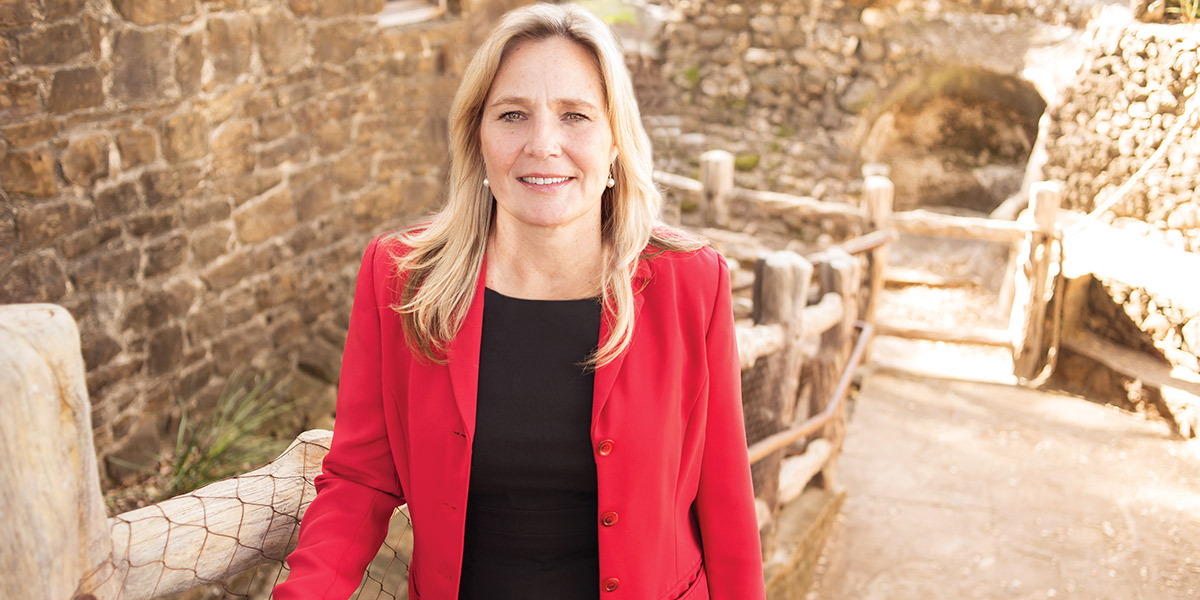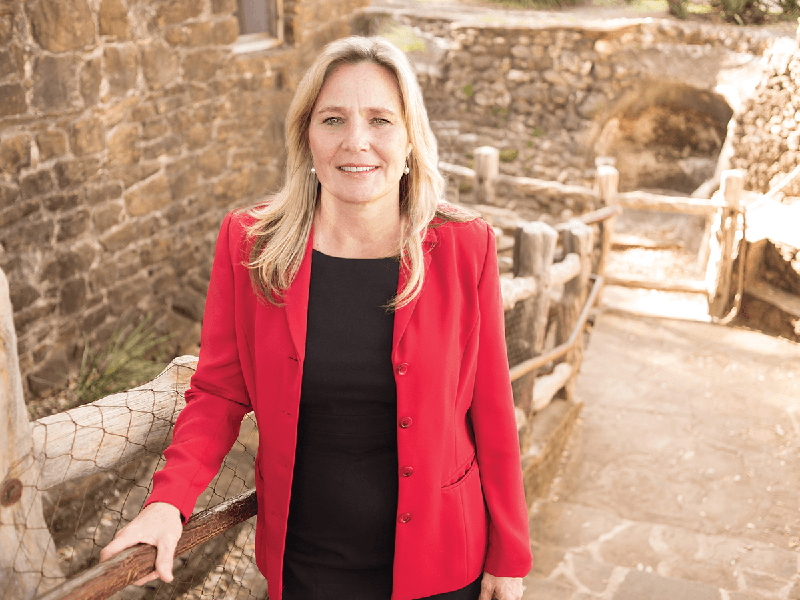

ORIGINALLY POSTED 02/16/2017 |
FROM THE Spring 2017 ISSUE
Colleen Swain grew up with Mission San Jose just a bike ride away from her grandparents’ house. Now, following the 2015 designation of San Jose and San Antonio’s four other colonial missions as a UNESCO World Heritage Site, she’s director of the city’s World Heritage Office. She’s responsible for implementing a plan to maximize the economic impact of the designation and enhance the experience for visitors—all while keeping the local community’s priorities in mind.
What’s your job as world heritage director?
It took nine years with several community partners working together to obtain the designation. But we know it can be a catalyst for social and economic change in the area surrounding the missions, with the increased visitation and tourist spending to come. Because of this opportunity, my key role is coordinating and making connections among the involved entities and with the community. Since our nomination for world heritage designation required the creation of a buffer zone surrounding the missions national park, there’s an area nearly 12 miles long and encompassing almost 5,800 acres that I oversee the work plan for and coordinate related projects.
You and your family lived on the city’s south side. How does that impact what you are doing now?
First, it’s such an honor to be in this role. But there is also a huge sense of responsibility. Both my maternal and fraternal grandparents made their homes on the south side. My mom went to St. Leo [the Great Catholic School], as did I, and graduated from Blessed Sacrament Academy, and my dad graduated from Harlandale—both in neighborhoods close to the missions. When I go to meetings, I’ve met people who went to high school with my dad and who know me or my family. So this is not simply a job for me; it is a personal passion.
What do you hear from people about what they want to see happen in the area?
They want to keep the “authenticity.” There’s a certain feeling you get with each neighborhood around each mission, and the community members want to keep whatever the uniqueness is that makes it special. They want to see the quality of life improve for the residents and the visitor experience enhanced—yet retain that genuine culture, history, and character.
What’s your favorite part of this job?
It allows me to do something different every day. I’m working on infrastructure, economic development, transportation, land use, marketing, and outreach. I love the history and culture. I get to be part of something that will have a positive impact on the future of the area, in balance with all the wonderful things that those of us who have grown up in the area know exist.
It’s easy to feel so removed when you’re among the missions; you forget that you’re just a short drive from downtown. Taking a bike ride on the river mission reach, you feel like you are miles away. It’s really special to be at a mission at night. I remember during an event everyone commenting about the fireflies.
But my favorite experience is the magic of being able to look up, see the beautiful stars and moon as a backdrop to the architecture, and feel like you have been transported back in time.

